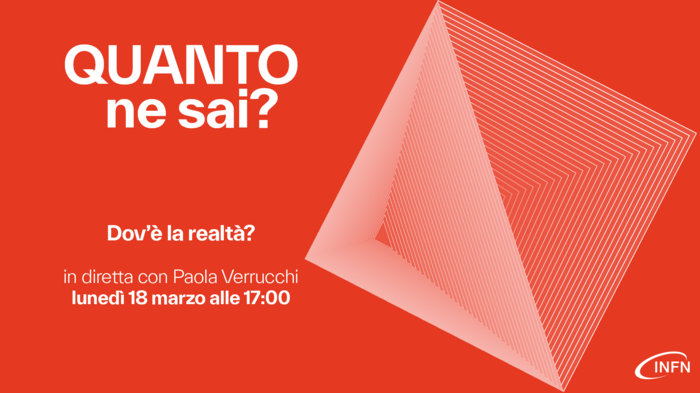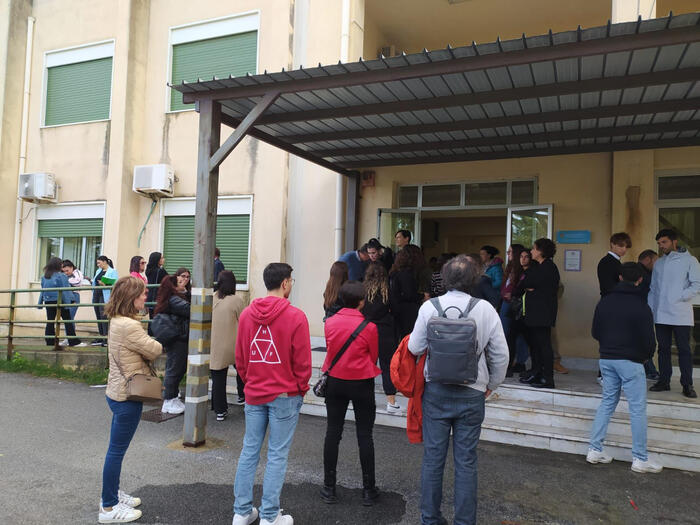In 1919, in a world fresh out of war and frightened by the greatest pandemic of the 20th century, astronomers Arthur Eddington and Frank Dyson presented an imaginary confrontation between two giants of science. Isaac Newton's Law of Universal Gravitation, in force for more than two centuries, could be surpassed by Albert Einstein's General Relativity, published in 1915. His observations of the total eclipse of that year, from the African island of Príncipe and the town Brazilian de Sobral, determined that the light of several stars located behind the Sun was bent following the deformations of space time caused by the mass of the star as predicted by Einstein's theory. "New theory of the Universe. Newtonian ideas overthrown, ”published
The Times
, perhaps forgetting that Newton's ideas continued and continue to work with astonishing precision.
A century later, in another pandemic world, the scientist who is aspired to outperform in matters of gravity is the then crowned Albert Einstein.
Since the Eddington expedition, the conception of the world that the German scientist created in his mind, based on mental and mathematical experiments, has been tested many times by observing nature.
"The theory has been verified with great precision in the weak field regime, where the gravitational field is small, as in the Earth or the Solar System", explains José Luis Fernández Barbón, director of the Institute of Theoretical Physics of Madrid. In addition to tests like Eddington's, the creation of atomic clocks from the 1950s onwards made it possible to measure a very unintuitive forecast of Relativity: that time does not pass everywhere at the same speed. According to the new theory, it does so more slowly in the presence of a strong gravitational field like that of a black hole than in a weaker one like Earth's. This consequence of the theory foreshadowed that time would pass slower at the base of a skyscraper than on its roof, and accurate atomic clocks confirmed that it did.
In experiments in these nearby regions where gravitational fields are weak, Relativity has been tested with an accuracy of one part in 10,000. Beyond that, "there is the opening for new physics," says Fernández Barbón. The new tests to go beyond Einstein require increasingly sophisticated devices that measure our close surroundings, but also that approach the gravitational monsters of the universe. Black holes are a perfect environment to test the limits of Relativity, but they are too far away. “In those strong fields, the precision of the theory tests is lower. This happens with the merger of black holes that can be seen with gravitational wave detectors ”, points out the director of the IFT.
The possibility of measuring gravitational waves, those ripples in the space-time tissue caused by the merger of black holes or neutron stars, came in 2016. Then, the ground-based LIGO detector captured the waves generated by the collision of two black holes and started a new one. stage in the observation of the cosmos. It was one more examination passed by Einstein, who with his theory was the first to anticipate the existence of these waves. However, these detectors "still do not provide enough data nor are they sufficiently accurate data," says Fernández Barbón. These precise data may come in the next decade, when the LISA constellation of satellites is scheduled to launch, designed to capture these waves with greater accuracy. Here we could begin to glimpse the limits of Relativity.
The result of one of the last tests Einstein passed in the last century was presented last week in the journal
Physical Review X
and it was made from two objects that are halfway between the weak gravitational fields of the Sun or Earth and those of black holes. They are two neutron stars, objects that can concentrate the mass of the Sun, which is almost a million and a half kilometers in diameter, in one that is usually around 20. These stars, PSR J0737−3039 A and B, orbit one around the other at high speed and every time they rotate, in a regular way, they emit radio pulses detectable from the Earth. Located 2,400 light-years away, it is the only known system of this type of stars in which both emit these pulses, something that makes the system especially interesting for scientists. "Pulsars work like two clocks that serve to measure the properties of this system with greater precision," says Barbón.
An international team of scientists led by Michael Kramer of the Max Planck Institute for Radio Astronomy observed the two stars for 16 years using radio telescopes from around the world.
By following the photons emitted by these cosmic beacons, they were able to follow its movement and see, among other things, how it was bent by the presence of an object with a gravitational field as powerful as that of a neutron star.
The experiment bears similarities to Eddington's, but the conditions are much more extreme.
In a statement titled
Einstein Wins Again
Kramer said that this natural laboratory for gravitational theories made it possible to measure the energy carried by gravitational waves with a precision "1000 times better than what is now possible with gravitational wave detectors." In total, the scientists who participated in the project tested seven predictions of the theory of Relativity and even used the famous equation E = mc2 to calculate the effect of electromagnetic radiation from pulsars. According to Dick Manchester, from the Australian CSIRO, one of the entities that have collaborated in the work, "this radiation supposes a loss of mass of eight million tons per second", something that, "although it seems a lot, is only a tiny fraction of the pulsar mass ”.
Einstein, who some myth portrays as a bad student, continues to pass the most demanding exams a hundred years later and the moment when the cracks in his theory begin to appear does not seem near.
"For now, there is no worthwhile modification of Einstein's theory on paper," summarizes Fernández Barbón.
"Many alternatives have been tried, but they are all horrible."
You can follow
MATERIA
on
,
and
, or sign up here to receive
our weekly newsletter
.


/cloudfront-eu-central-1.images.arcpublishing.com/prisa/2DOJ7SOSPVAGVKSF3ZCHVVKNPA.jpg)



/cloudfront-eu-central-1.images.arcpublishing.com/prisa/T64LVSQLMRBDPKNF5NQ2IQUK4E.jpg)


